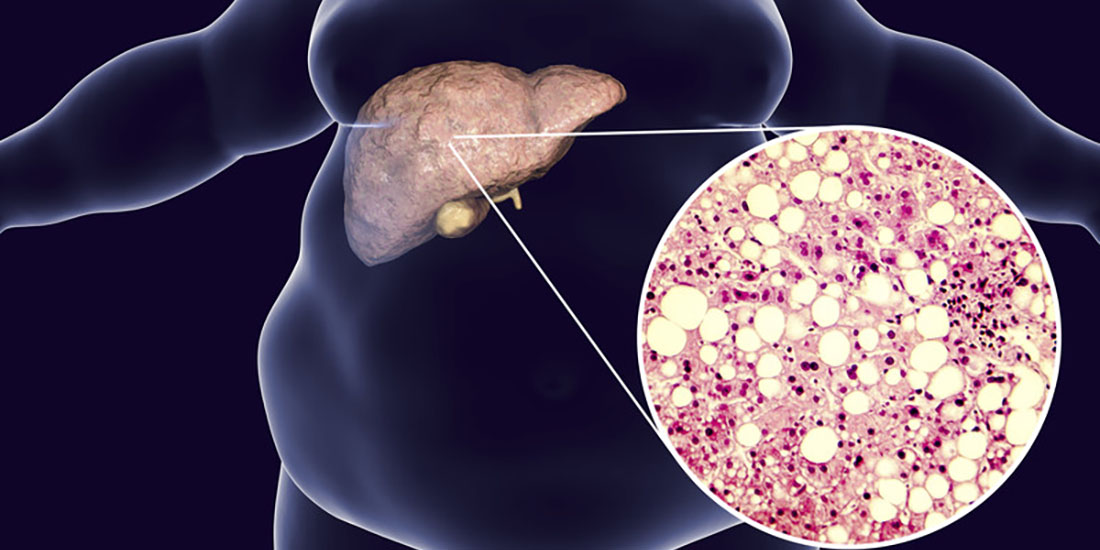A new study published by the Journal of Endocrine Society suggests bariatric surgery procedures such as Gastric Sleeve Surgery are effective in treating non-alcoholic fatty liver disease (NAFLD).
NAFLD is a condition in which excess fat is stored in the liver. This buildup of fat is not caused by heavy alcohol use. NAFLD is one of the most common causes of liver disease in the United States. The condition usually doesn’t cause symptoms and is most often discovered when blood tests indicate elevated liver enzymes.
NAFLD is more common in people who have certain conditions, including obesity and conditions that may be related to obesity, such as type 2 diabetes. Researchers have found NAFLD in 40% to 80% of people who have type 2 diabetes and in 30% to 90% of people who are obese. Many research studies devoted to type 2 diabetes have also shown Gastric Sleeve Surgery is effective in treating and often curing type 2 diabetes.
When the fat builds up in the liver and causes inflammation and damage, it is known as non-alcoholic steatohepatitis (NASH), which can lead to scarring of the liver—a potentially life-threatening condition called cirrhosis of the liver.
NAFLD is most commonly associated with and caused directly by obesity. There are currently no medications available for the treatment of NAFLD. The current treatment recommendation for NAFLD is weight loss. Losing weight reduces fat stored in the liver, reduces inflammation, and ultimately fibrosis and scarring of the liver.
The new study evaluated the effects of bariatric surgery in conjunction with liver function and indicators of liver inflammation and scarring. The study included 1,995 morbidly obese patients who underwent bariatric surgery between January 2010 and July 2018. The average age was 43, where 85.8% were female. The study discovered one year after surgery, the patients had a significant decrease in liver enzyme levels. They also noticed other indicators of decreases in fatty liver disease, including the Fatty Liver Index (FLI), which decreased markedly after the first year post surgery. The fatty liver index (FLI) is an algorithm based on waist circumference, body mass index (BMI), triglyceride, and gamma-glutamyl-transferase (GGT) for the prediction of fatty liver,12 and is easy to employ as its each individual component is a routine measurement in clinical practice.
Another measure of fatty liver disease, called the BARD score, also markedly decreased. The BARD score predicts liver scarring. It is calculated using the ratio of two liver enzymes, body mass index and the presence of diabetes.
Sources: Journal of Endocrine Society & Harvard Health Publishing


